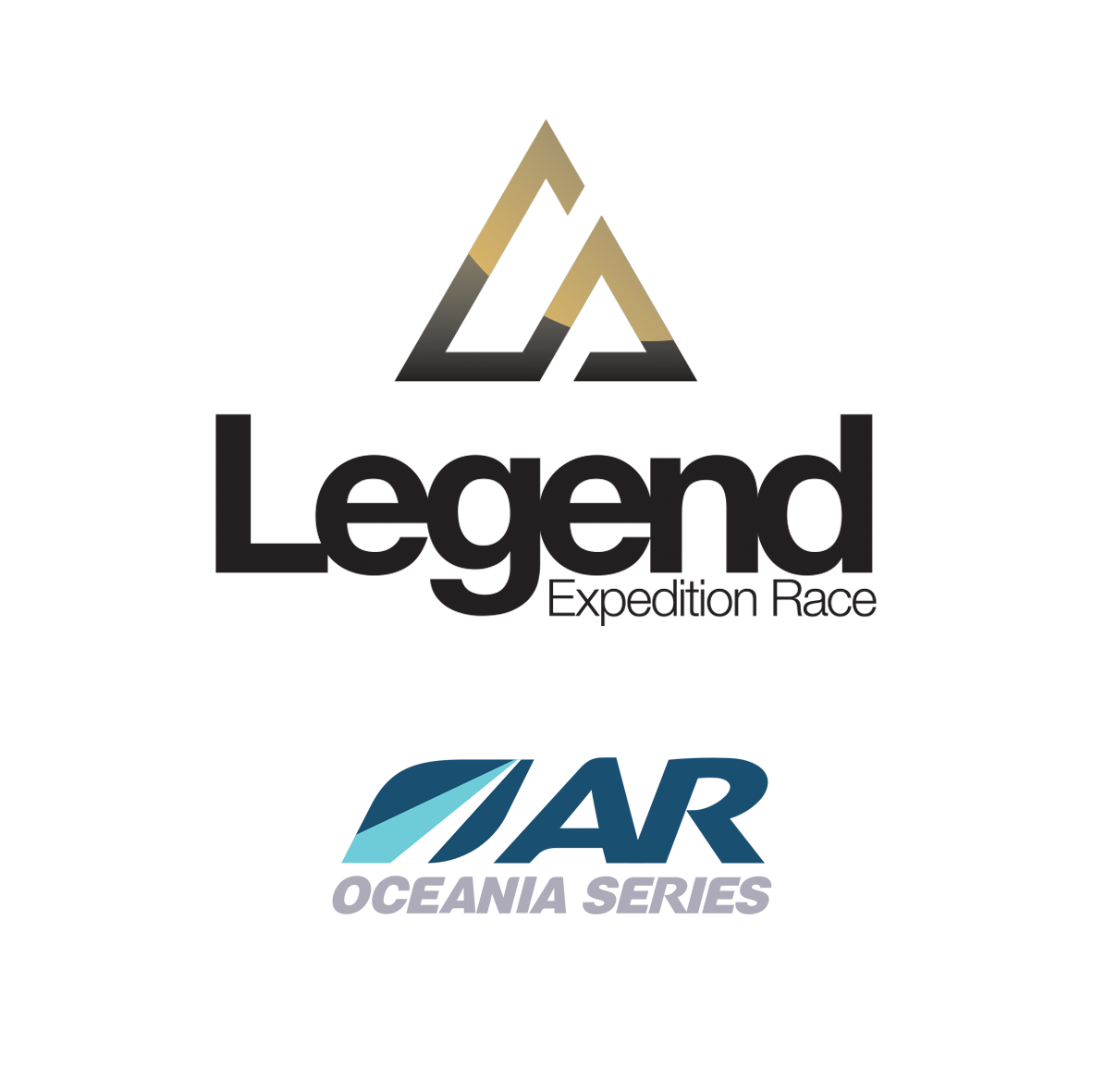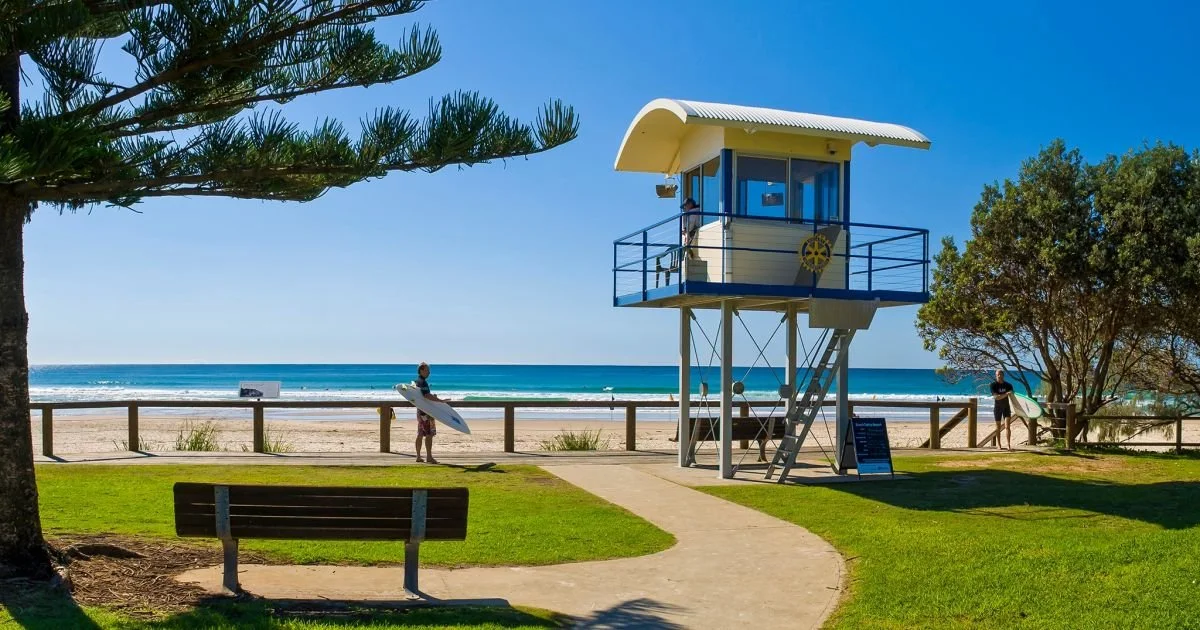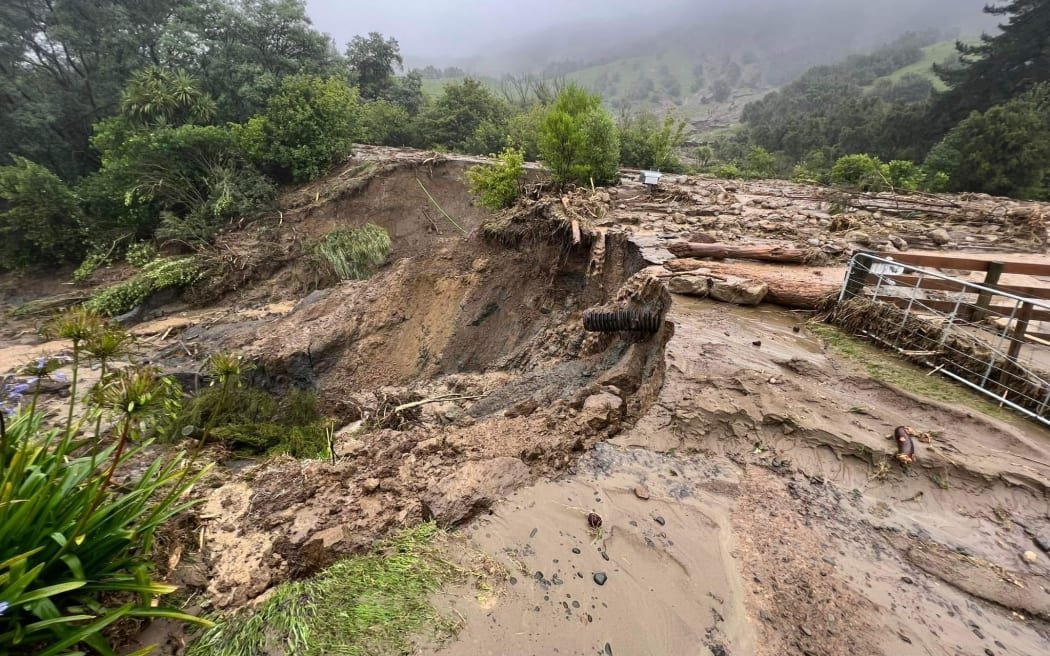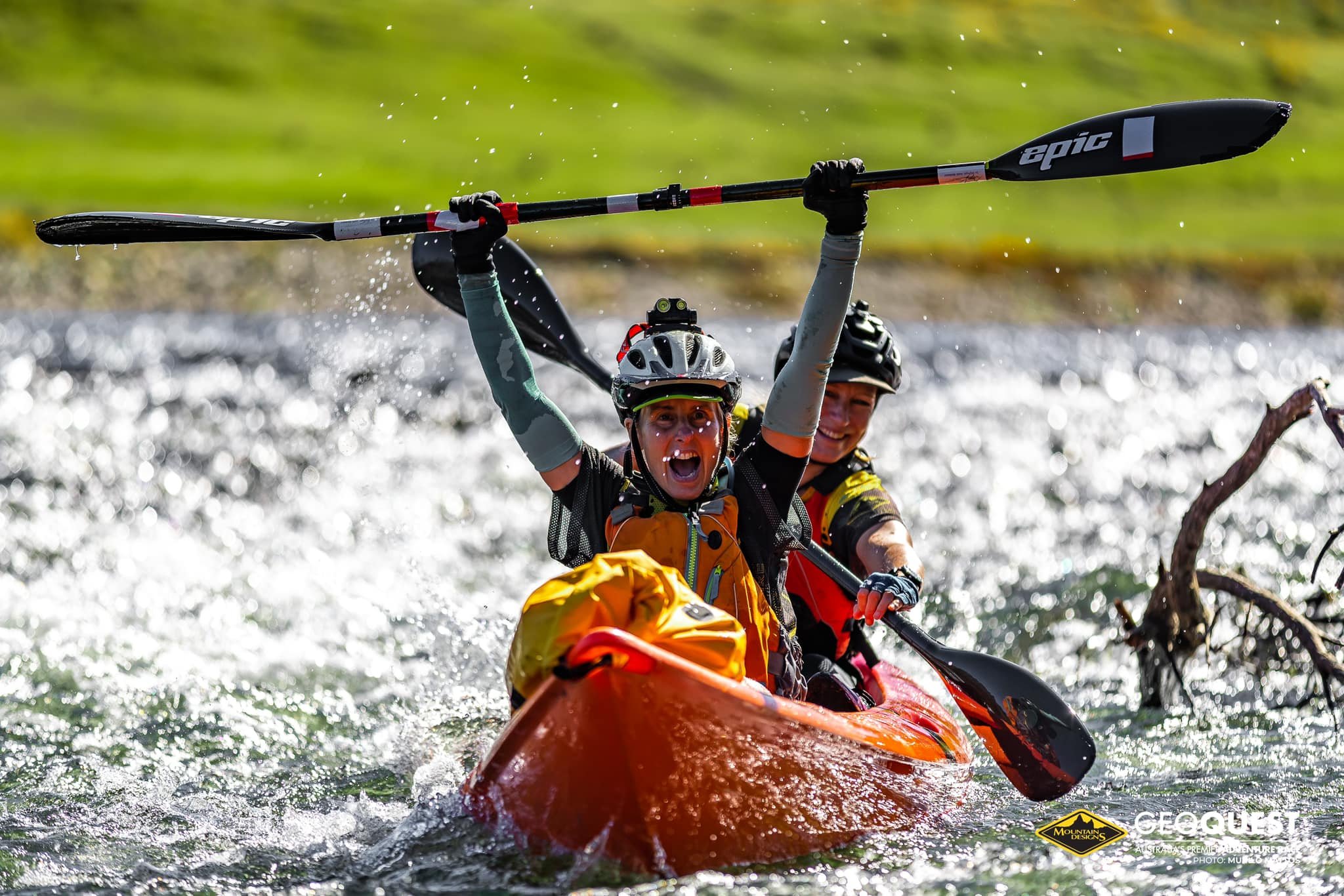The Team: The Mexicans all hail from Victoria (around Melbourne) and met through multisport races such as the Buller to Melbourne and Winter Classic. They now regularly train together through rogaines, marathon and white water kayaking, mountain running, cross country skiing and cycling. A big performance saw them convincingly win the inaugural Mountain Designs GeoQuest 02.
We caught up with the team to ask them some questions on the gear they used in the Mountain Designs GeoQuest, and gear for adventure racing in general:
How important do you think a gear strategy is for a team, like what gear you actually take, who carries it etc?
We don’t usually discuss each other’s personal gear too much, it’s up to the individual – unless we see someone trying to pack a dolphin torch, drizabone or similar into their pack. Apart from food and water we generally only take the compulsory stuff. Compulsory team gear normally comes under some scrutiny though and we get the stronger people to carry more. This can change throughout a race as well and gear can be swapped amongst us depending who is feeling good. Flexibility is the key here I think. The guys try to help out Kim as much as possible, and then give all the heaviest stuff to Nigel to slow him down to our pace.
What sort of things did you do to lighten up the gear you had to carry?
The only thing I can think of did not actually lighten the load, just made things easier to manage. We cut the maps up and only took exactly what we needed. We see people taking the whole collection of maps out on the course and constantly unfolding them and trying to work out where they are again, which is particularly difficult on the bike. We cut the maps up, fold them over each other and laminate them so you only look at a small map and can be done while riding.
What sort of clothes and footwear did the team wear both trekking and biking?
For trekking we wore runners, nothing special, just stock standard road shoes. For a longer race we might have considered something else such as the Salomon style shoes. For clothes on the trek and cycle we all wore the same – shorts or cycling nicks, cycling top or thermal. On the bike section we wore mountain biking shoes.
How did you carry your water?
We all used bladders, 2-3 litre, in the backpack and boat/PFD as well as a bidon or two on the bike.
How much water did you carry and what was your water strategy?
We each had full water bladders at the start of each leg, so probably up to 4 litres. We also refilled at natural water points on the course.
Was this a good system?
We got pretty thirsty by the end of the 2nd leg which took us longer than expected. Other than that we had plenty of fluid.
What sort of food did you take on the legs?
We had sandwiches, lollies, bananas, tinned rice, muesli bars and some leppins.
What did you do for light while you were riding?
We all had the Vistalight style riding lights, with a 5 watt single globe. To conserve batteries, which would only last about 2.5 hours, we would share lights while riding and use head torches when possible. I had a 10W globe also in case some serious downhill was encountered but did not use it.
What gear improvements would you make for your next race?
Probably a smaller and lighter tent.
Do you have any secret tips you want to let us in on?
Nothing secret. Just try to plan your race beforehand. Plot all the checkpoints, mark the maps, laminate them, work out your route as best as you can, let your support crew know what gear to have ready. We heard of teams plotting checkpoints in the transition mid race, which just wasted their time. We were surprised the night before the start, that when we went sleep, everyone’s lights were already out and they were in bed. Also, it’s important to remember that this isn’t a “follow the witches hat triathlon” and that you can save a lot of time by slowing down and making sure you know where you are.
















